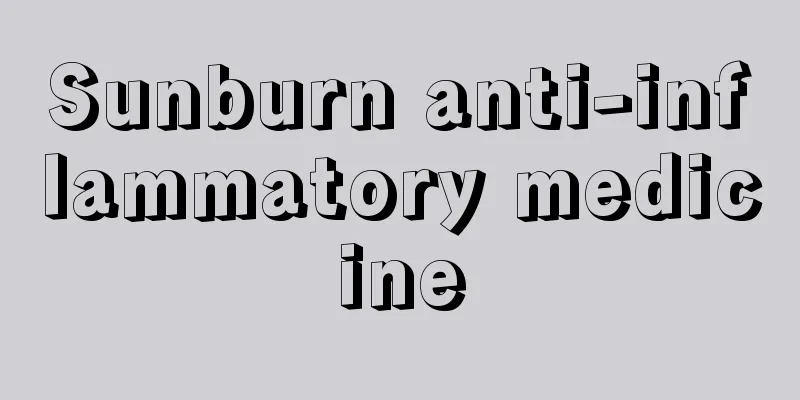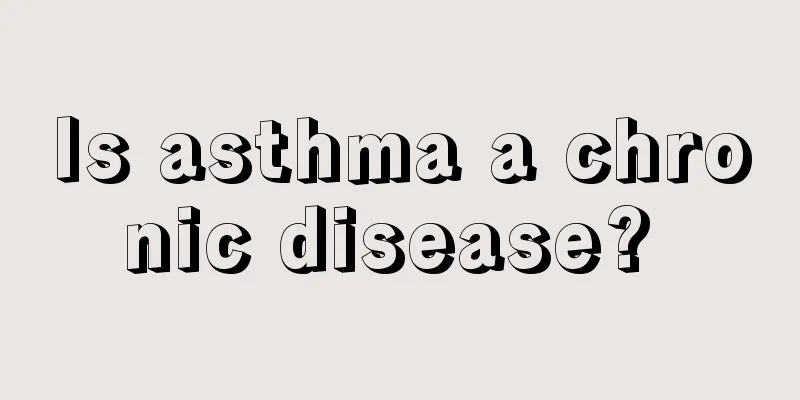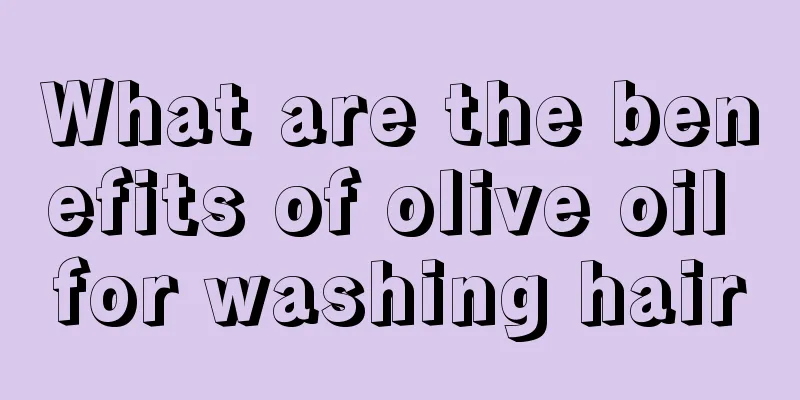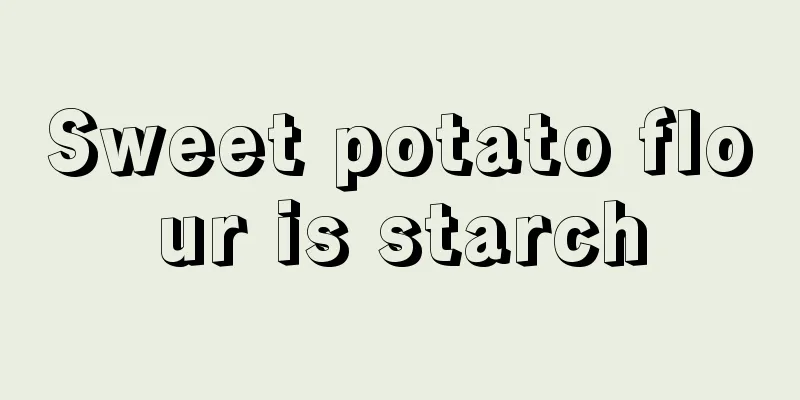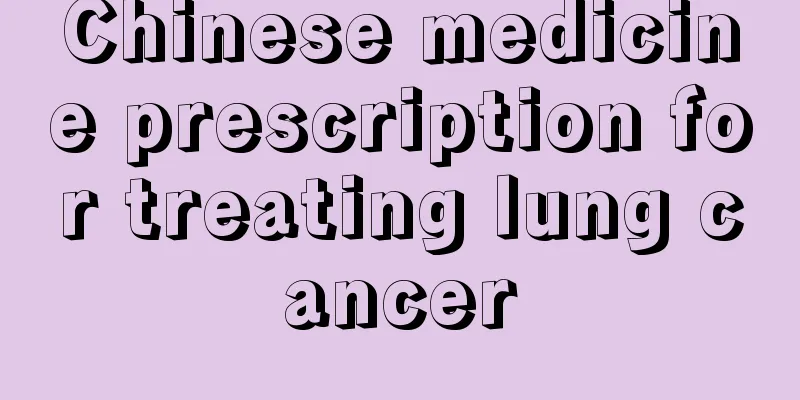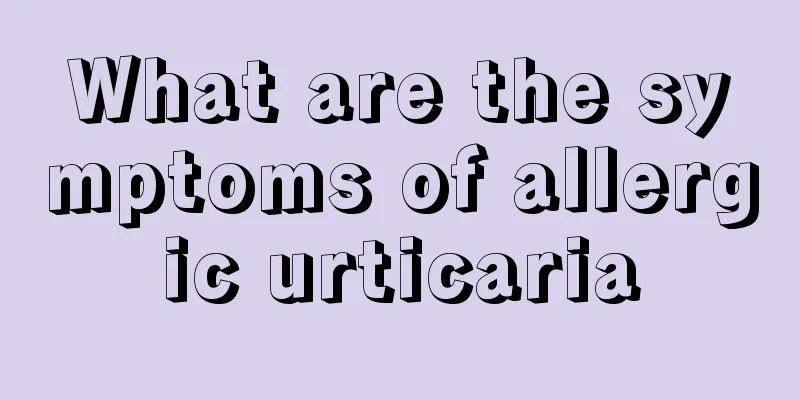How to wash oil stains off jeans
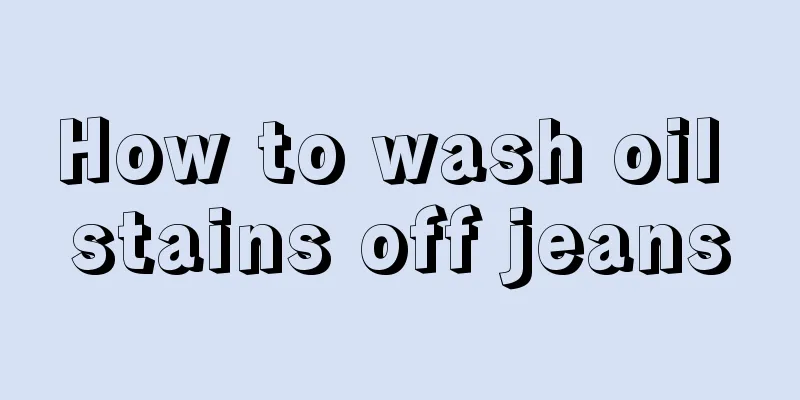
|
Washing clothes seems simple, but in fact, people who wash clothes frequently know that it is definitely not an easy task, especially when the clothes are stained with some special stains, it will be more difficult to clean. It is also easy for some oil stains to drip onto jeans. So how can we quickly and specifically remove the oil stains on these jeans? Take a look at the recommended methods below. 1. Removal of animal and plant oil stains: Animal and plant oil stains are common stains on clothing and are also a type of polar liquid stains. This type of stain should be removed by wiping or brushing with organic solvents such as solvent gasoline, tetrachloroethylene, etc. When scrubbing, use a towel or cotton cloth to absorb the stain solution wiped off in time to remove it from the surface of the clothes. Prevent some stains from remaining on the surface of clothes after the solution evaporates, which will leave marks on the surface of clothes. If marks appear, they can be removed by repeated wiping or brushing over a larger area. You can also apply water to the stained area of the clothes and spray it off with a high-pressure spray gun. 2. Removal of pine oil stains: When moving pine wood, it is easy for clothes to be stuck with pine oil, which should be removed in time. Based on the principle that pine oil can be dissolved in alcohol, you can use alcohol or a mixture of alcohol and turpentine to brush it on the stain. After the pine oil stain is softened and dissolved, wipe it with a wet towel. If there are still traces, wipe them with gasoline again. If they are not completely wiped away in one go, repeat the process several times until they are clean. 3. Removing tung oil stains: Tung oil is a viscous vegetable oil that is not easy to dry and is difficult to remove once it sticks to clothes. You can use gasoline or kerosene to scrub it, so that the teak oil will dissolve and be removed, and then use alcohol soap to remove the traces left behind. It is best to wash the clothes again with detergent after removing the stains to completely remove the traces. 4. Removing butter stains: Butter is a viscous animal fat and can be scrubbed with toluene or carbon tetrachloride solvent. The traces left can be removed with a mixture of alcohol and ammonia water, or with alcohol soap. Whether it is oil stains on jeans or other problems, we need to pay attention to some removal methods and techniques, because keeping clothes clean and tidy is a basic issue and also a reflection of a person's image. So when you find these oil stains on your clothes, you can use the oil stain removal method recommended above. |
<<: How can I wash the ink off the clothes?
>>: How to quickly remove oil stains from clothes
Recommend
Are there many people with Helicobacter pylori?
Because Helicobacter pylori is contagious, many p...
Is it good to eat more dried shrimps? Why?
Everyone knows that dried shrimps are very rich i...
Is liver cancer hereditary? You need to know these key liver cancer disease knowledge
Two elders in my family died of liver cancer (inc...
Which hospital is good for treating advanced gastric cancer
Choosing a hospital is the first step in seeing a...
Can brain CT cause brain cancer?
Tumors occur due to a variety of reasons, which l...
Is my butt itchy due to parasites?
The anus is also an area that is vulnerable to ba...
What are the advantages and disadvantages of cervical acupuncture
Acupuncture is a traditional diagnosis and treatm...
Flat wart virus can cause such harm
Flat warts virus is a skin disease that usually a...
What are the early symptoms of colon cancer? Can colon cancer be cured? How long can you live?
Colon cancer is a common malignant tumor of the d...
Is my mother's rectal cancer hereditary?
Many patients with rectal cancer have a high chan...
How to improve droopy mouth corners
Many people have drooping corners of the mouth, w...
What's wrong with my bloated belly
I believe that women should be familiar with the ...
How to treat thyroid cancer without surgery
Thyroid cancer does not require surgery, but can ...
The 5 most intoxicating love words for men
The most touching love words: Men need women to w...
How long does it take to cure viral facial paralysis
Viral facial paralysis will have adverse effects ...
